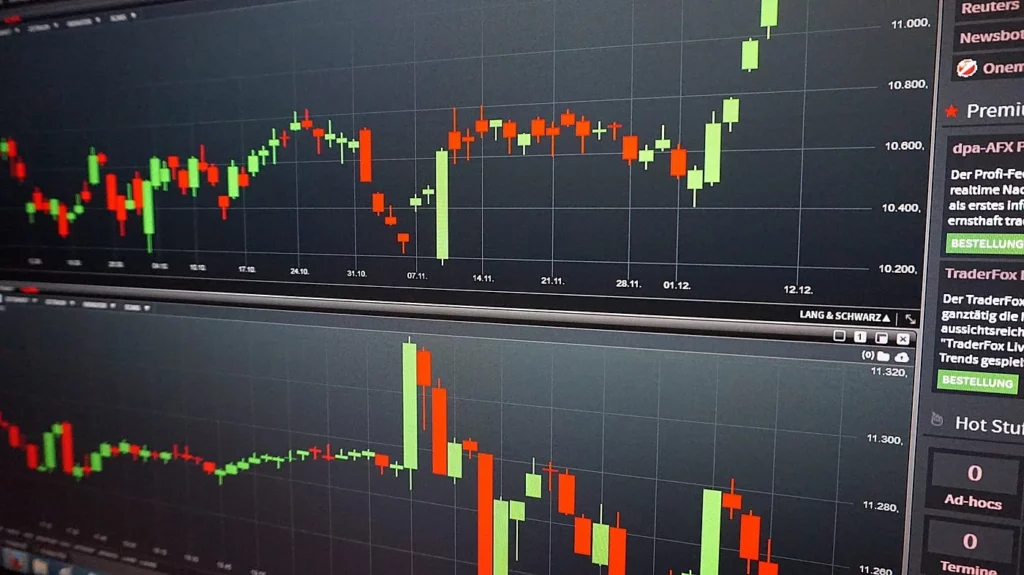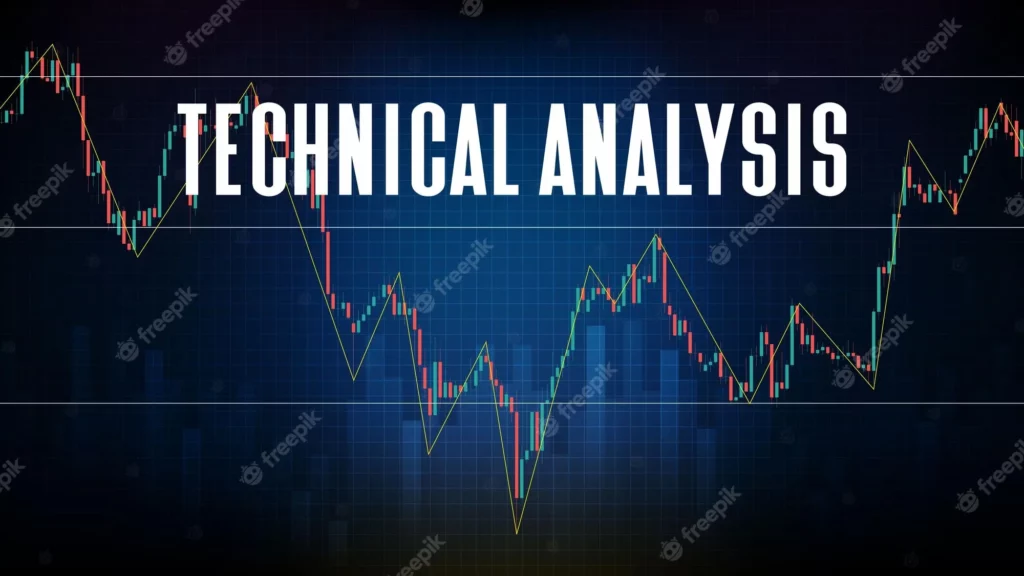People choose Stock Trading as a career for a variety of reasons. Some people prefer working in a fast-paced environment where the work is constantly changing, while others enjoy taking risks and seeing them pay off. If you’ve ever thought about pursuing a career in the stock market, it can be rewarding. This article covers both what a stock trader does and how to become one.
What does a stock trader do?
A stock trader is a professional who buys and sells stocks. They might work for themselves or for a company. By profiting from changes in price on the stock market, stock traders make money. Both stock traders and financial advisors act as money managers for their clients.
The majority of a stock trader’s time may be spent on the trading floor, running their own businesses, or working for banks. Brokers and traders in stocks must communicate. They also carry out administrative tasks, place buy and sell orders, and trade stocks over electronic networks.
How to Trade Stocks
Millions of beginners try their luck at the market casino each year, but the majority don’t succeed in reaching their full potential and depart a little worse off and a lot wiser. Most unsuccessful people all have one thing in common: they don’t have the fundamental information needed to tip the scales in their favor. To increase one’s chances of success, one may, however, be well on their way if they take the time to learn them.
Millions of beginners try their luck at the market casino each year, but the majority don’t succeed in reaching their full potential and depart a little worse off and a lot wiser. Most failed people all have one thing in common: they don’t have the fundamental information needed to tip the scales in their favor. To increase one’s chances of success, one may, nevertheless, be well on their way if they take the time to understand them.
Start by carefully examining your relationship with money in the mirror. Do you believe that every dollar you earn must be earned through a struggle? Do you believe that, as in other facets of your life, your magnetic personality will help you succeed in the market? What’s worse, have you consistently lost money in the past and fervently wish the markets would be more understanding with you?
Whatever your worldview, the market will likely continue to support it via gains and losses. Hard work and charisma both contribute to financial success, but losers in other areas of life are more likely to lose money in trading. If this sounds like you, don’t be alarmed. Instead, go the self-help way and discover how money and self-worth are related.
How to become a stock trader
If you’re thinking about working in the stock trading industry, you should be well-versed in the stock market and able to maximize your clients’ assets. To purchase and sell stocks for their clients, you will also need to pass an exam and receive a license. To start your career in this profession, adhere to these procedures.
- Earn a degree.
- Complete an internship.
- Decide what you want to do.
- Take the appropriate exams for your path.
- Create a resume.
- Search for open positions.
- Prepare for your interview.
- Gain additional experience and licenses as a stock trader.
1. Earn a degree
A degree in accounting or finance can provide you with useful abilities you can put to use in the stock trading industry. Some businesses will provide you with comprehensive training courses in which you will discover the fundamentals of buying and selling stocks.
2. Complete an internship
Consider doing an internship if you want to work as a stock trader and are a college student. You will see the requirements of the work through this learning experience. Additionally, an internship will show you how brisk stock trading can be and teach you how to purchase and sell at the right periods.
3. Decide what you want to do
Depending on what you want to accomplish, there are many distinct careers within the stock trading industry, each requiring a different level of training and licensing. You can decide what specific training or certifications you will require once you have chosen a career.
4. Take the appropriate exams for your path
Before you may become a stock trader, you must pass a specific exam and obtain a certain license. Several of these licenses consist of:
- Series 7 general security sales license: permits traders to sell the majority of securities
- Series 3 exam: enables trading in future commodity contracts
- Series 63 license: ensures that the license holder is fully aware of the state’s securities sales legislation
- Series 8 license: enables stock brokers to control and coordinate branch operations
5. Create a resume
When you apply for jobs, make an excellent resume that will get you noticed. Your CV should be crystal clear, succinct, and emphasize your most current education and skill set. When you begin looking for jobs, you should also write a tailored cover letter specifically for that post. Your cover letter can help your future employer have a deeper knowledge of your qualifications, which may help you stand out from other applicants.
6. Search for open positions
Start your employment hunt on job boards online. Most of them let you narrow down your search by state and city. Additionally, you can locate excellent career guidance and instructions on how to land a job. Newspapers, social media, as well as relatives and friends, are additional sources. When you locate a job that interests you, apply right away and follow up with the hiring manager a few days later.
7. Prepare for your interview
A prospective employer will get in touch with you for an interview if they believe your talents and experience match what they’re seeking for. To better prepare for your interview, do some research on the company’s industry and working environment. Be sure to send the interviewer a thank-you note following the interview to express your appreciation for the chance to learn more about the position.
8. Gain additional experience and licenses as a stock trader
To optimize your potential for improvement, keep in mind to take advantage of possibilities for lifelong learning. Attend any additional training sessions or courses that your employer offers to stay current on developments in your industry. By doing this, you can ensure that you advance as rapidly as possible and boost your confidence in your industry.
FOR MORE INFO CLICK THIS SITE:https://learningsharks.in/
FOLLOW OUR PAGE:https://www.instagram.com/learningsharks/?hl=en
















